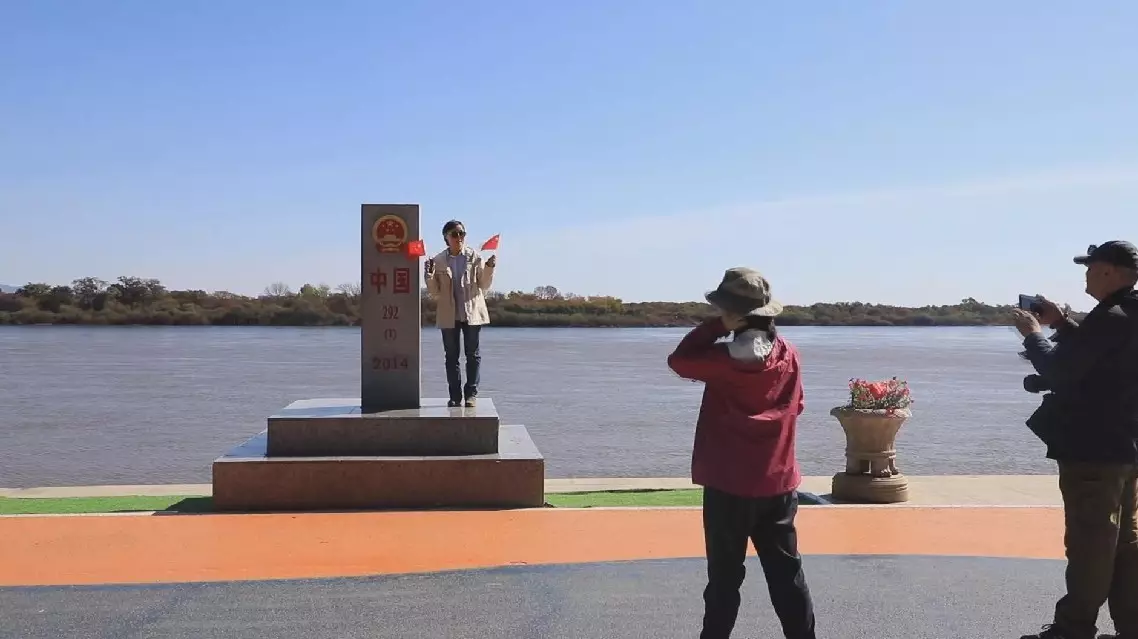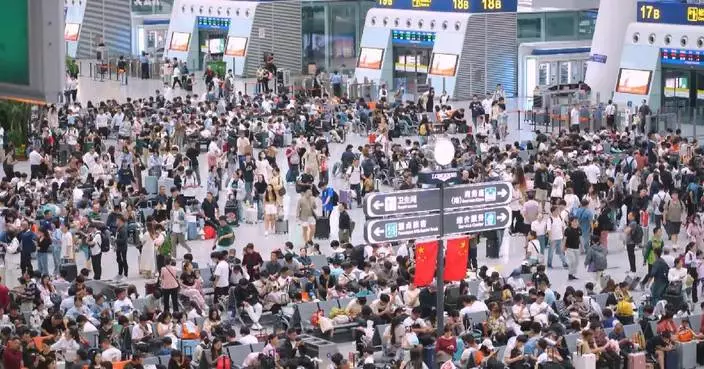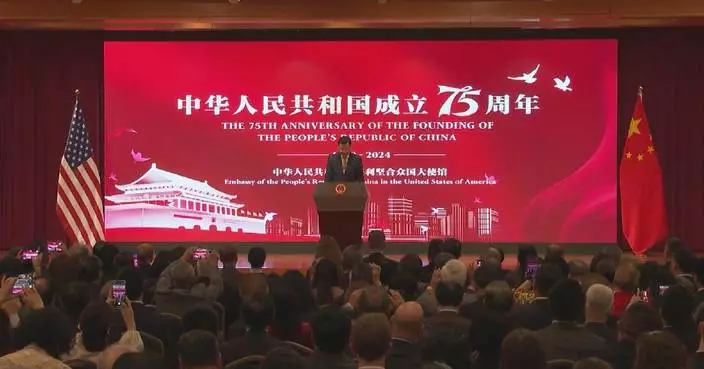Scholars from India have shared their views and future hopes for their country's ties with China, highlighting robust trade relations and a solid foundation for future cultural exchanges.
The comments came after the Indian delegation, led by India's Minister of External Affairs Subrahmanyam Jaishankar, attended the Shanghai Cooperation Organization (SCO) summit, which concluded in Astana, capital of Kazakhstan, on Thursday.
During interviews with China Global Television Network (CGTN), the scholars said India, as one of the full member states of the SCO, is poised to further enhance ties with China in various sectors.
"I have been very closely observing the Chinese economy, sheerly because India and China, in terms of the size of economies, they are huge. Their excellent innovation capabilities, and the way they have really captured the market," said Kiran Kumar K, assistant professor at the Gulati Institute of Finance and Taxation.
"China's emergence in the last 30 years is something that is phenomenal, unprecedented in history (in terms of) economics, in volume of economic growth," said Josukutty C.A., campus director and professor at the Department of Political Science at the University of Kerala.
Underscoring the significance of the ties, many said that products and elements from China are frequently seen in their own daily lives.
"I have a Chinese phone with me. If I go to a dental shop, most of the equipment are Chinese. So in many, many ways, I am related to China," said Josukutty.
"If you look at India's electronics inputs, over 60 percent of them come from China. So it's really hard for us to imagine life without Chinese products," Kumar said.
"My phone is from China. So there are many other appliances, various electronic appliances in my home (are) from China. And we used to have toys made in China, and we used to play with (them) during our childhood," said Deepak Krishna Kumar, a research scholar at the University of Kerala.
Some also share their expectations for future cooperation between the two countries.
"The one area where India and China can cooperate is definitely on the cultural aspect because they both are two (of the) largest Asian civilizations. And there are a lot of areas they can cooperate (in), be it in the form of people-to-people exchanges. And it's also the fact that there are a lot of students who go to China to study, for example, medicine and all. So there is a greater scope for people-to-people cooperation, be it in the form of tourism, and people would definitely want to explore China," said Amina Reem V.P., a student at the University of Kerala.
"Particularly improving the trade negotiations will help these two countries immensely, is what I believe," Kumar noted.

Indian scholars share expectations for ties with China
Visiting boundary markers seems to have become a new trend in holiday-making on frontier regions in Northeast China's Heilongjiang Province neighboring Russia so far in the week-long National Day holiday that started on October 1.
At the border gateways and boundary monuments on the 2,981-kilometer frontier in Heilongjiang, tourists from all over the country are seen stopping to have photos taken with the boundary monuments or markers, with some listening to stories told by frontier police officers about past events associated with the frontier regions.
In China, the National Day holiday is a peak travel and tourism season.
Lying in the easternmost point of China is the Wusu Town Dongji Square in Fuyuan City of Heilongjiang Province. Next to the huge sculpture bearing the Chinese character of "East" in the square, the five-star Chinese national flag is fluttering in the wind. Just beside the national flag is a boundary monument, which has become an attraction to visitors.
Many of the visitors say that having a picture taken with the boundary monument on the occasion of the National Day holiday would make them feel honored about happy powerful their motherland is.
Li Xin, a police officer with the Wusu Town Border Police Station on duty at the Dongji Square, said he has felt the enthusiasm of visitors.
Li said that the number of tourists visiting the Doingji Square so far in the National Day holiday has doubled compared to the same period of last year.
In Mohe, the northernmost city in China which is more than 2,000 kilometers away from Dongji, visitors are also seen flocking to the Beiji (North Pole) Village to have pictures taken with the local boundary marker.
Zhang Jiale, a police officer with the Arctic Border Police Station in Mohe, expressed the same feeling as Li Xin.
In Suifenhe, another frontier city in Heilongjiang, tourists also seen enthusiastically flocking to the boundary monument beside the third-generation border gateway to have pictures taken with it. The Suifenhe Gateway Scenic Spot is located at the zero point of Suifenhe Highway Port G10 Suiman Expressway, the largest land port to Russia in Heilongjiang Province. It is the only longitudinal cross-border scenic spot in China and the only one that integrates three generations of border gateways in China's gateway scenic spots.
In this scenic spot, tourists frequently ask Wang Jiaxing, a police officer with the Suifenhe Entry-Exit Border Checkpoint on duty, to help take photos or ask about how to make a tourist travel to the neighboring country.
Ke Zunlei, a tourist from Shanghai, visited the site with his wife and young daughter.
"Standing at a frontier region of my own country, I feel that this place is quite sacred," Ke said.
In Hutou Township of Jixi City in the province, the boundary marker "292-1-2014," which marks the starting point of the Wusuli River between China and Russia, also attracts many visitors to make a visit and take photos.

Visiting boundary markers becomes new trend in China's National Day holiday travel










